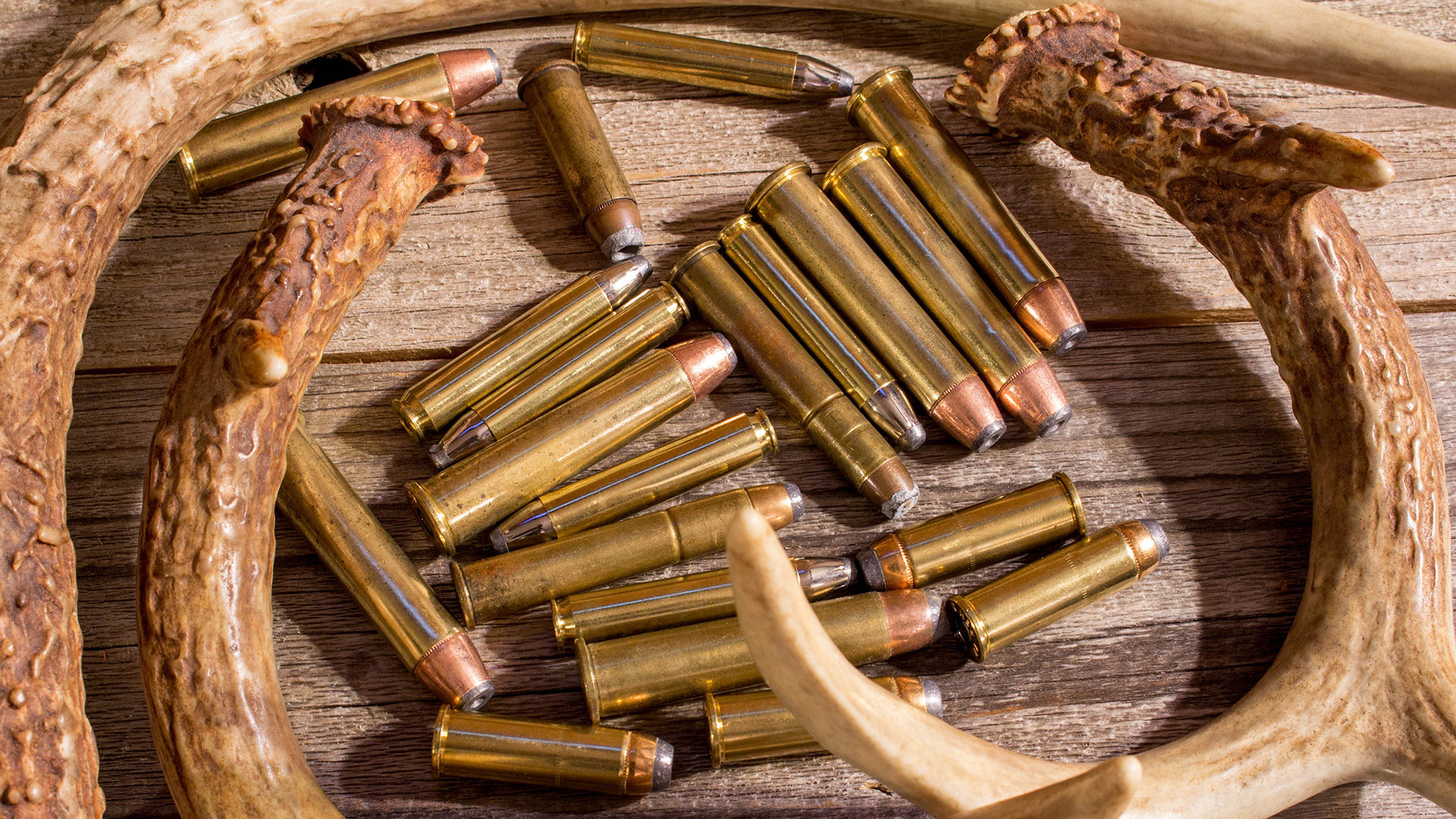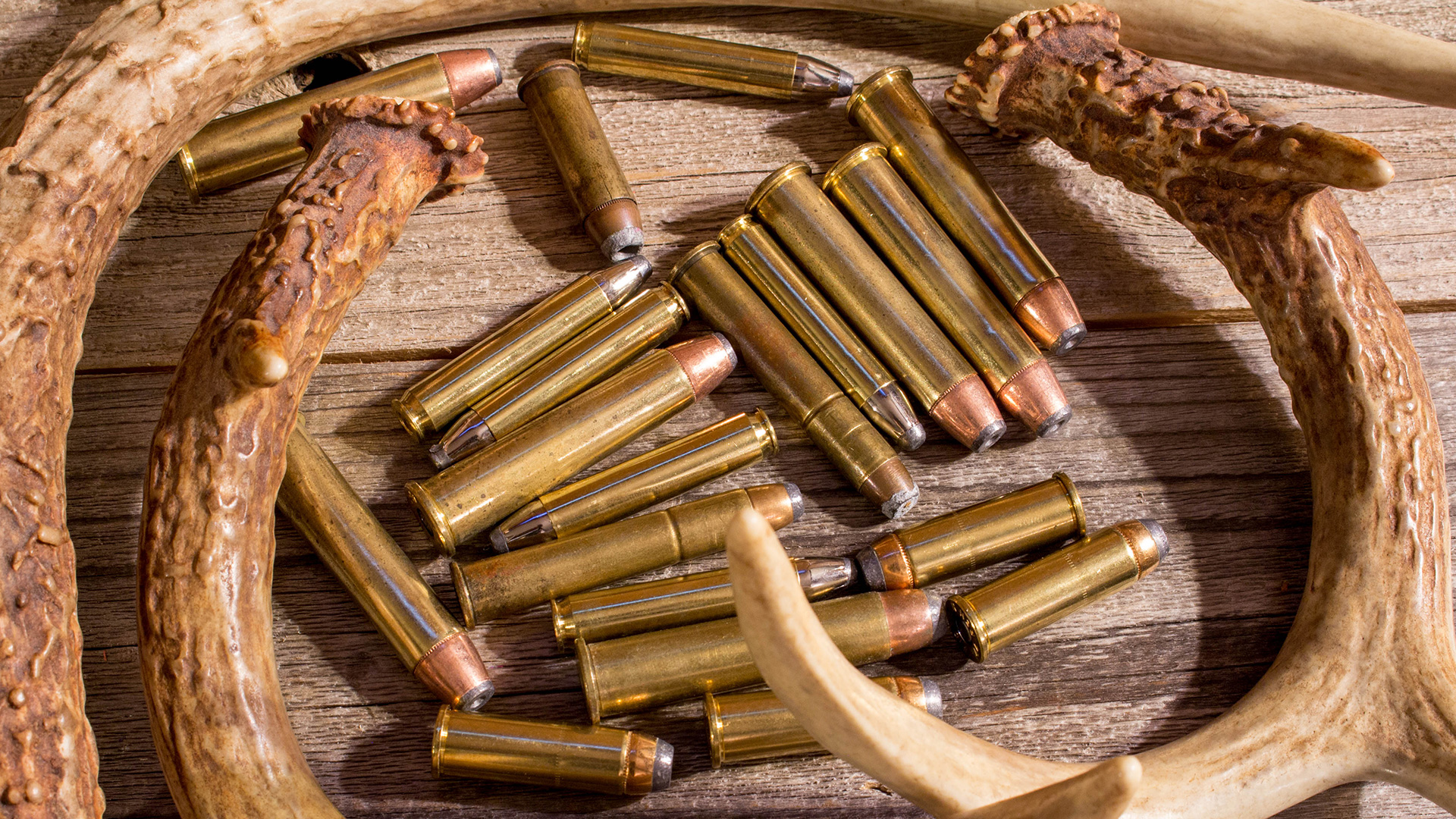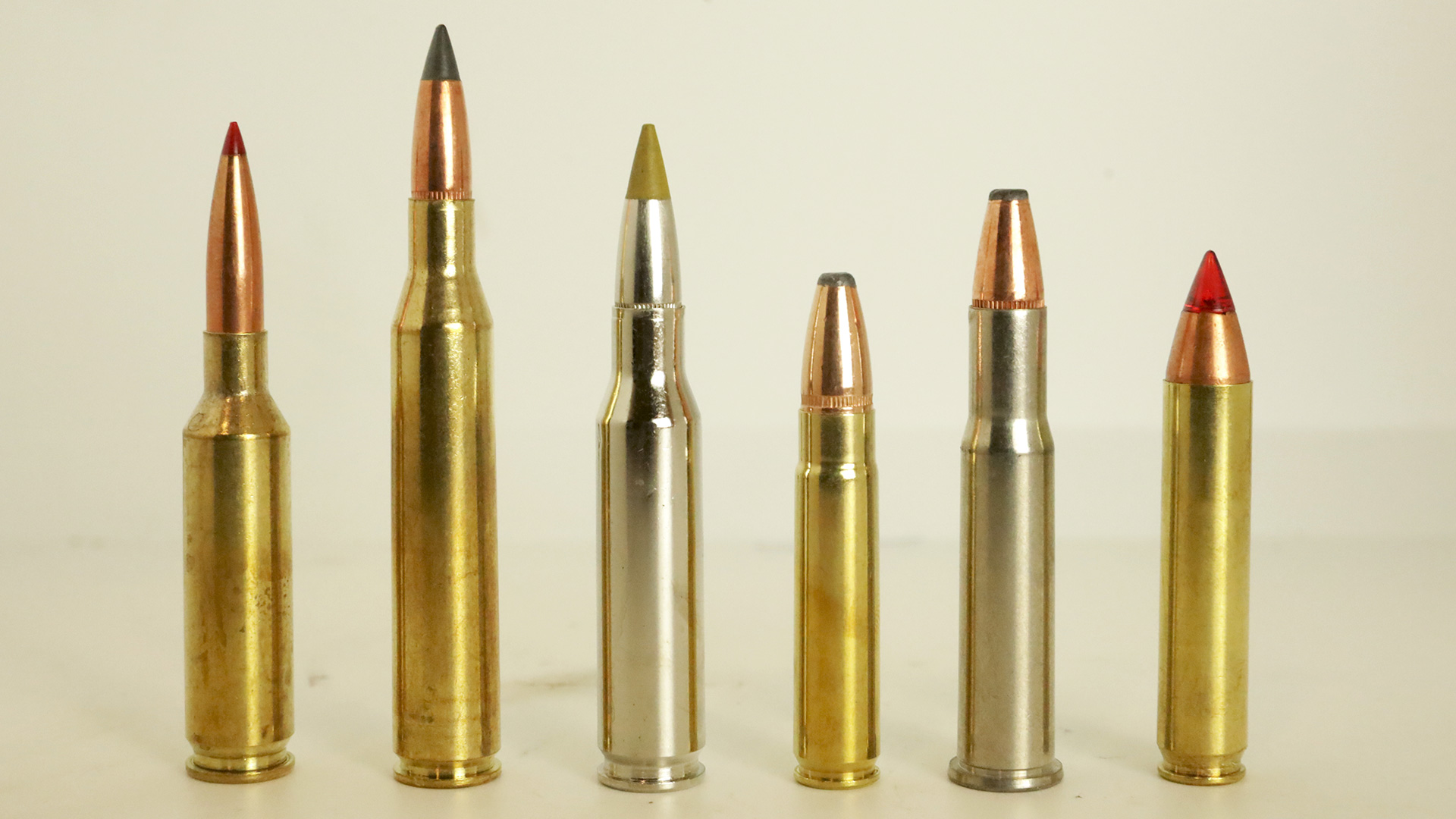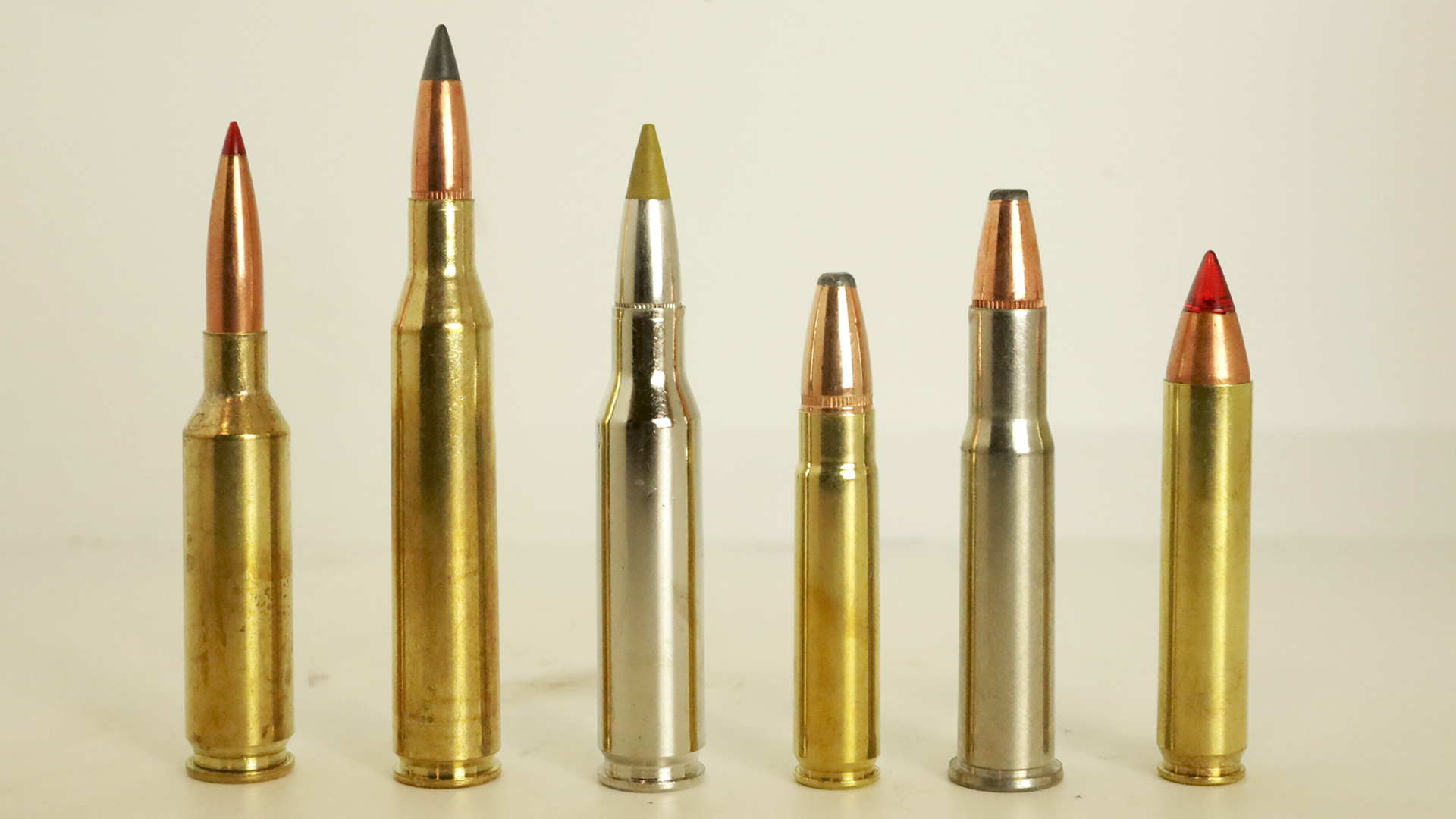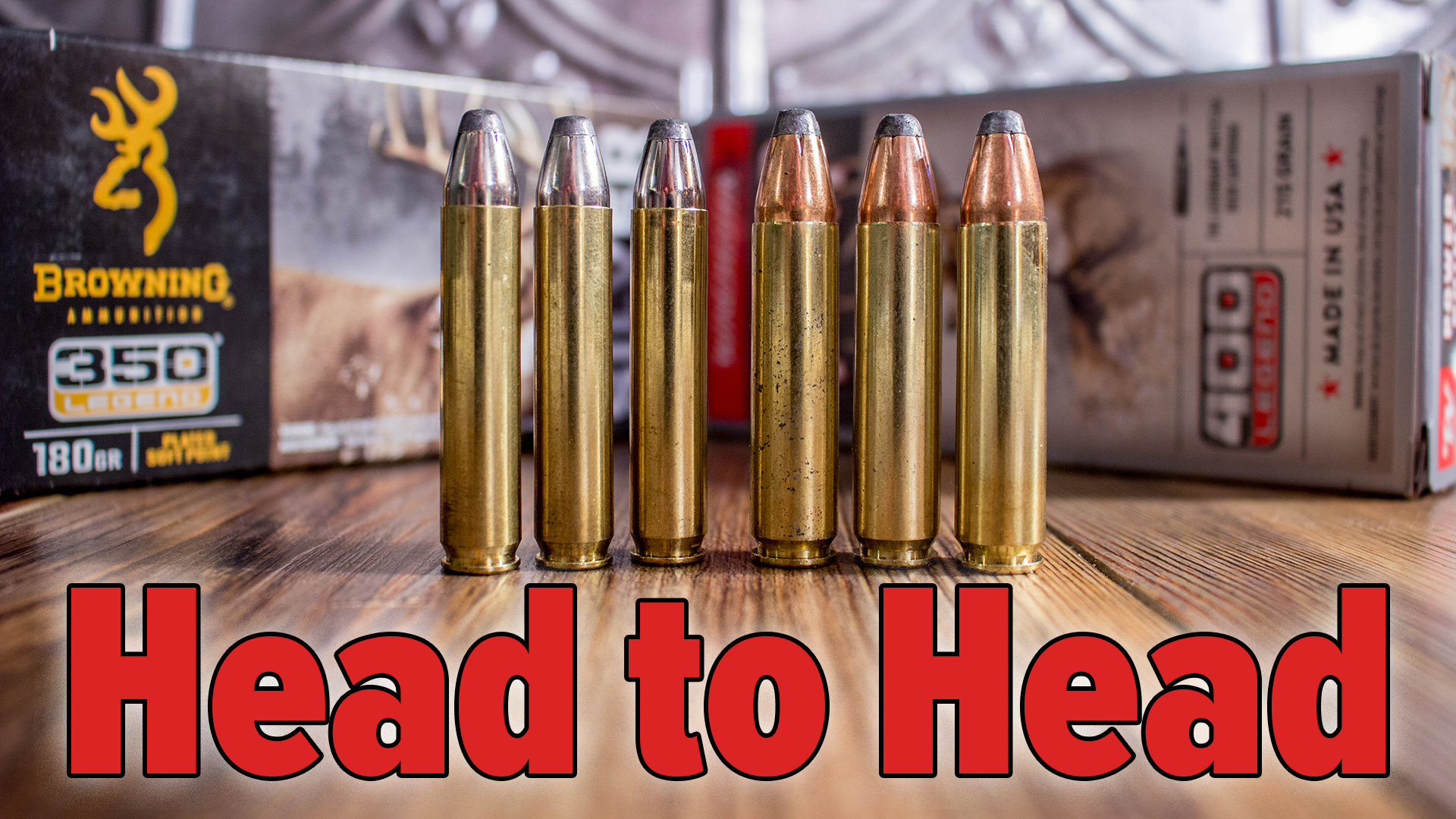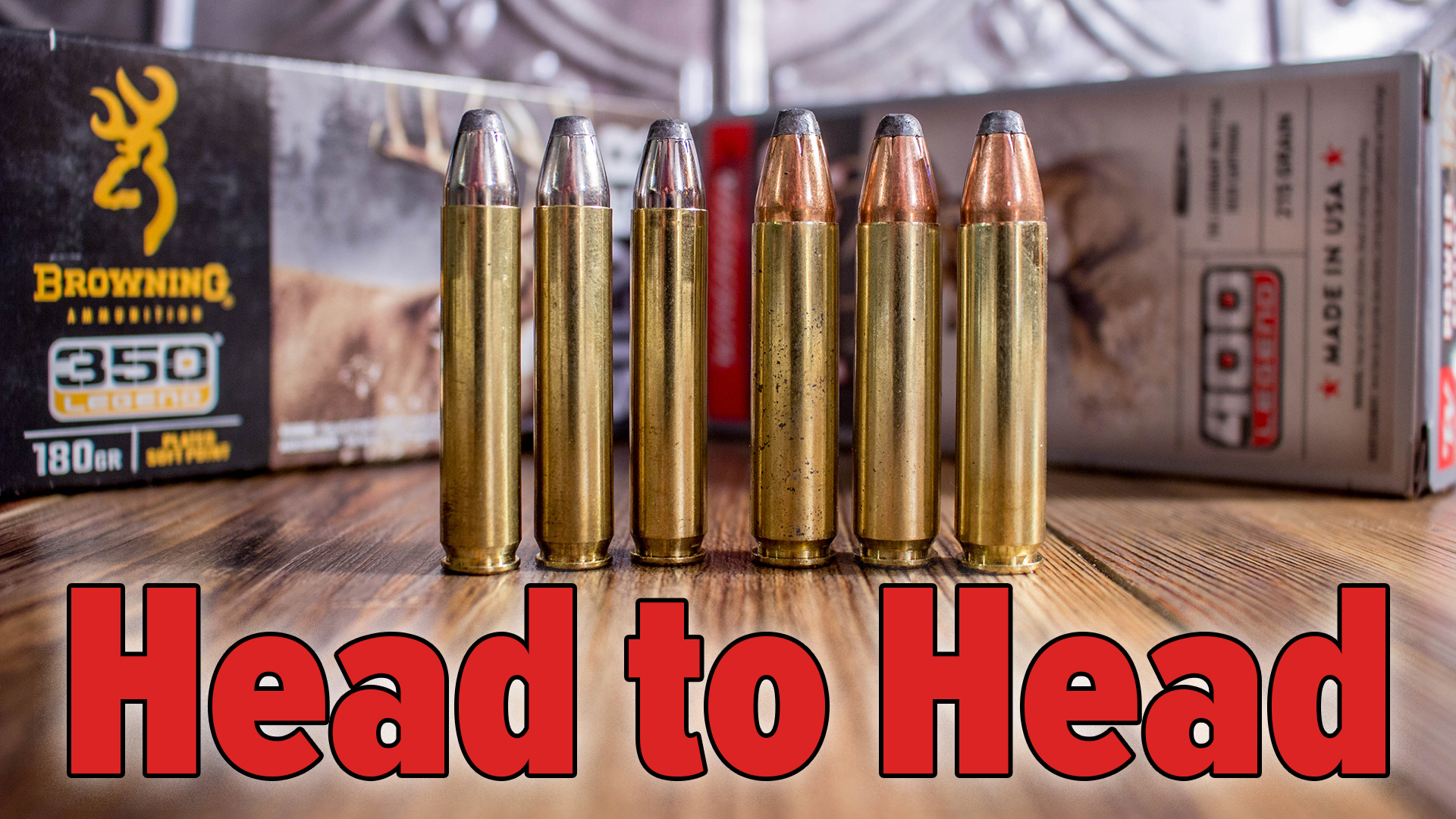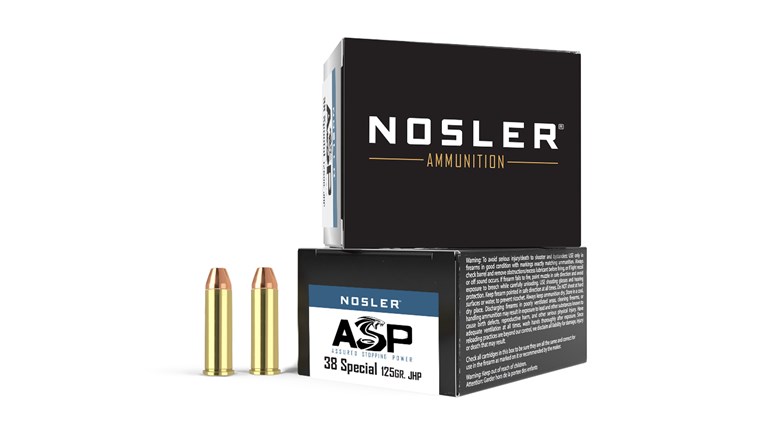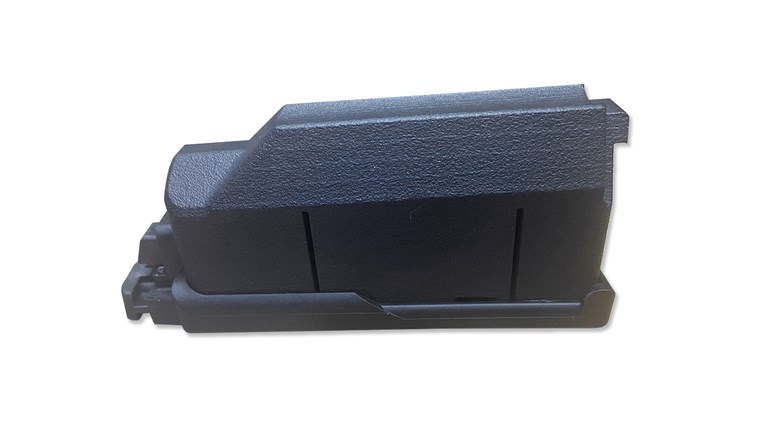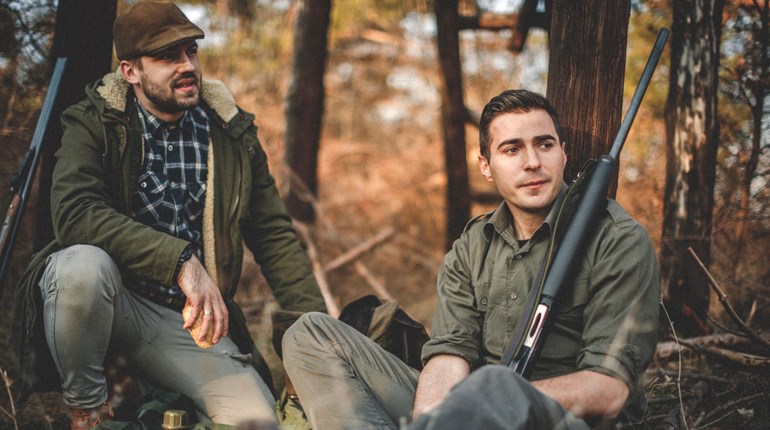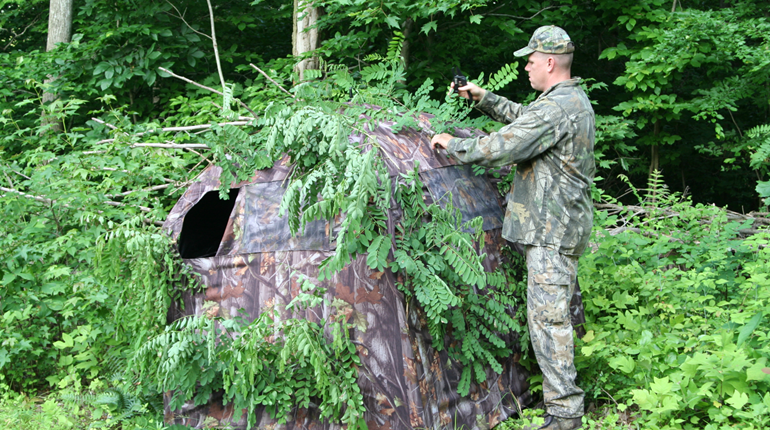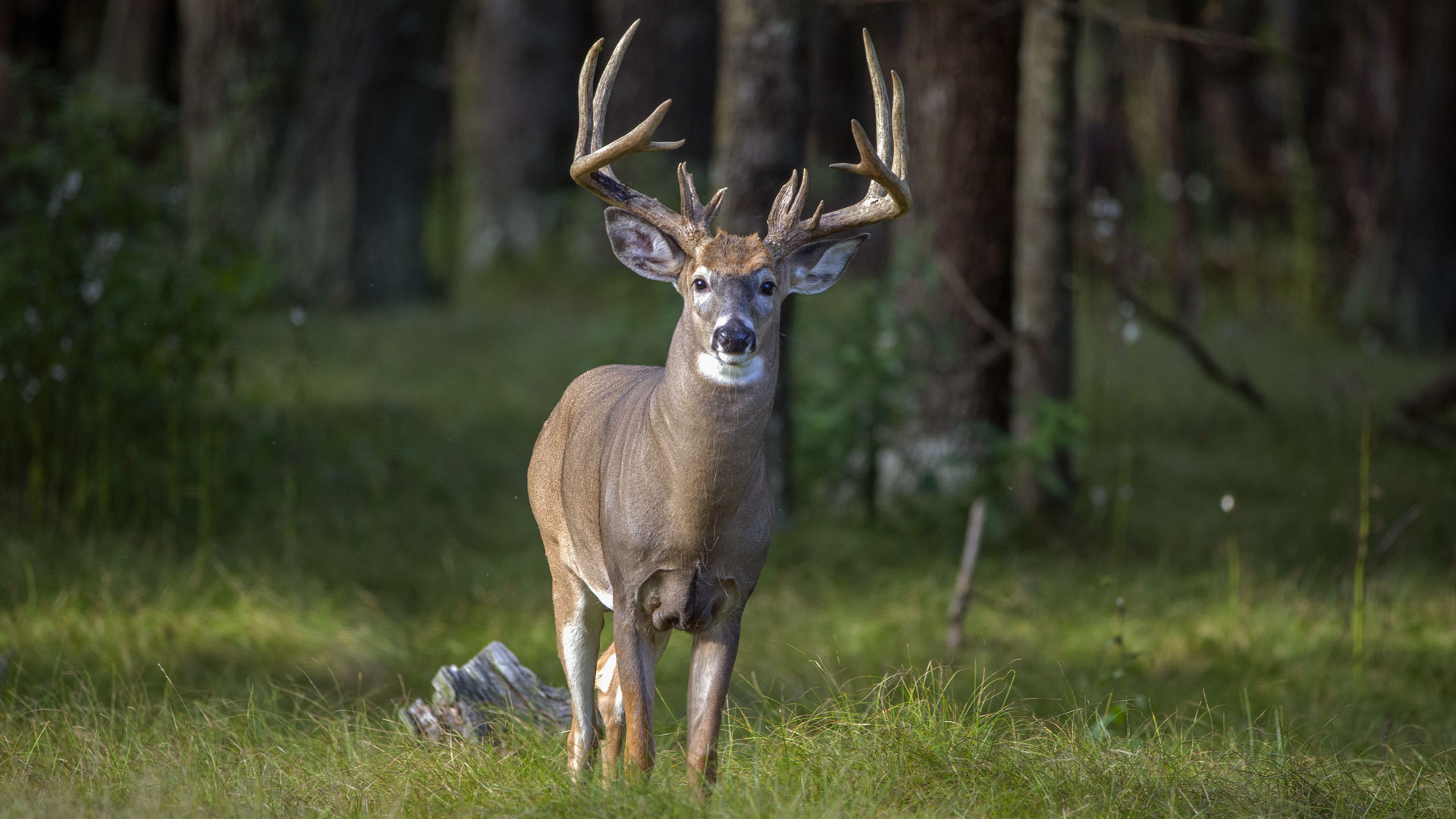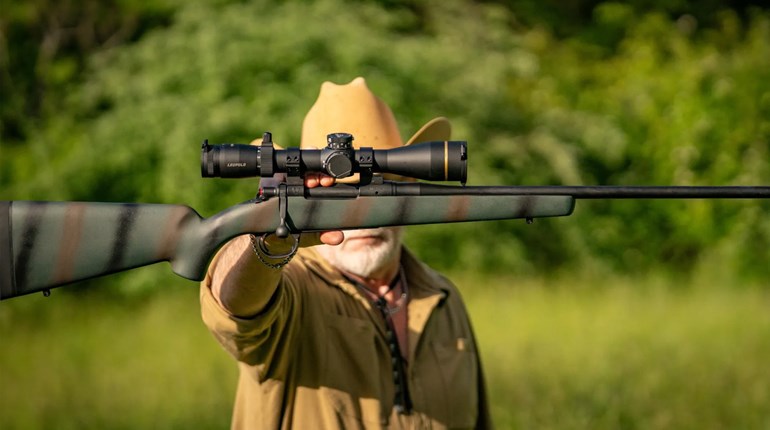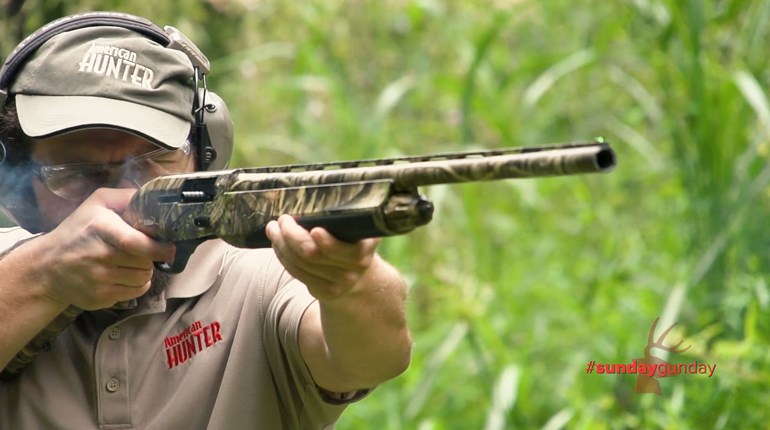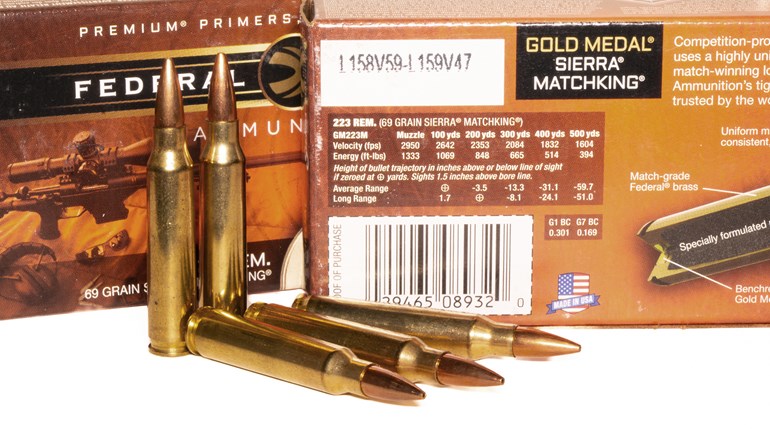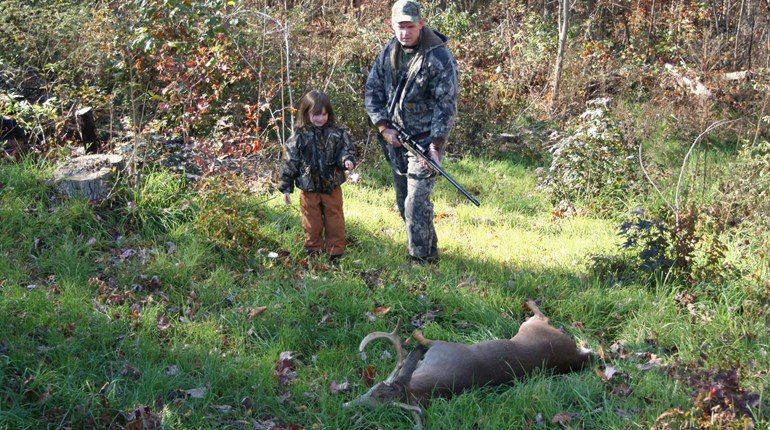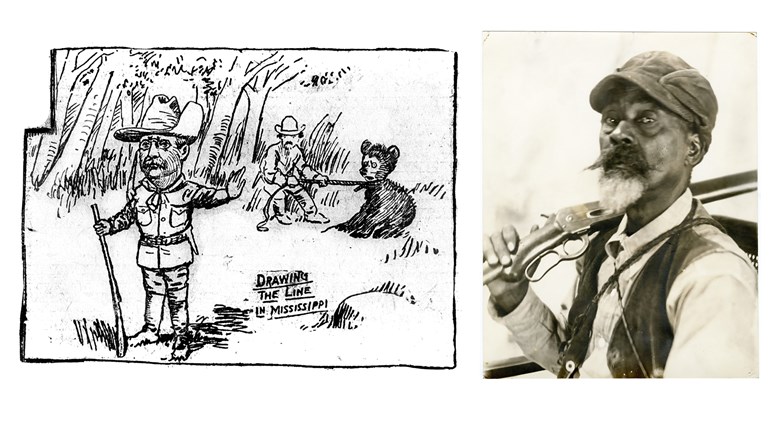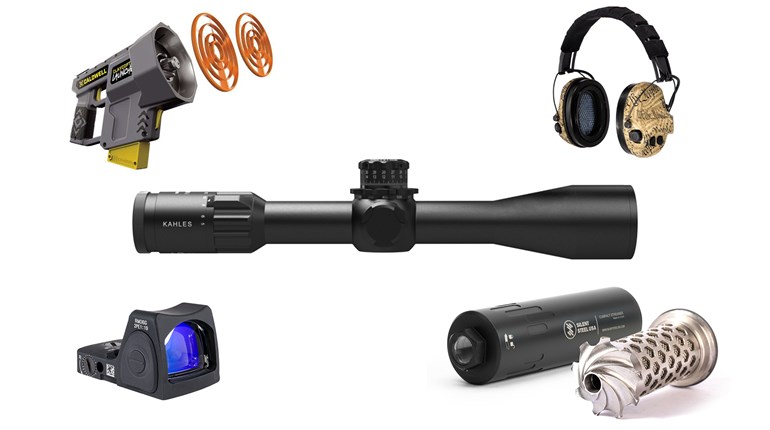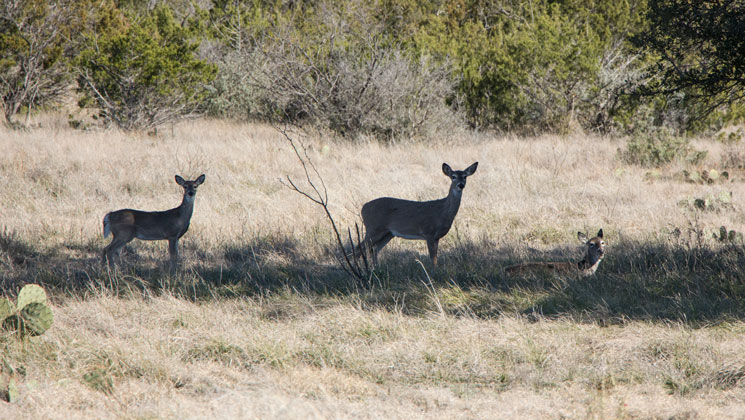
“You can’t eat antlers.”
We’ve all heard the phrase dozens of times over the years, usually spoken in a somewhat defensive tone by a hunter who’s taken an antlerless animal. The stigma is clear, if not strong – some in the hunting community looks down their collective noses at those who take antlerless animals as somehow being less successful, or less macho, or less “something”. And that stigma has only been exacerbated by the plethora of television hunting shows which air in living color, all day, every day, footage of hunters taking one outstanding buck after another.
But the stigma is neither fair nor accurate, and if you’re one of those who focus on antlers, you should show more gratitude to those more than happy to put an antlerless animal in the freezer.
1. It’s Sound Science
From a biological point of view, harvesting antlerless animals is a fundamental management tool in areas of high population density. This is the case for many ungulate populations across the country, most particularly for white-tailed deer. When wildlife managers are seeking to reduce population densities, increased harvest of does is the most sensible and practical option for them. Individual bucks will breed successfully with many does, so reducing buck numbers in a population has little impact on densities in the years ahead. Reducing the number of does in a population, however, has a direct effect on reproductive potential in subsequent years.
2. Less Competition for Forage
Reducing recruitment into a population, thereby creating lower population densities, reduces competition for the highest quality available food. That increased availability of high-quality forage translates into rapid growth and high reproductive rates for the remaining animals – in part that’s why we see areas that have antlerless harvest regimes continue to harvest does year after year. The positive benefits are many, including a stable, healthy population that remains within carrying capacity, reduced impact on the forage base - which can benefit the entire ecosystem - reduced conflicts with people, and greater opportunity for hunters. Wins across the board.
3. Increased Antler Size
For those of you who hunt bucks only, one of the additional consequences of reduced population densities and reduced competition for forage is larger, heavier antlers. In fact, the literature is ripe with studies documenting the link between the size of a buck’s antlers and their access to quality food. So, if you’re a devoted “trophy” hunter, you might want to pay a little tribute to those who harvest does.
4. A Worthy Trophy
Trophy. It’s that word and all that it conjures that contributes so much to the stigma of antlerless hunting. Clearly, many have forgotten the euphoria of their first deer, and for the vast majority of us our first was an antlerless animal. Remember that feeling? Can there be any greater reward, or “trophy”, than that which accompanies our first deer?
The whole notion of trophy hunting confounds many hunters while concurrently providing ammunition for the non-hunting community. Many associate the word “trophy” with competition, and the prevailing opinion among both fraternities is that hunting is not, nor should it be construed as, a sporting competition. The semantics are undoubtedly harmful to all hunters.
When the word trophy is being used, what we really mean is “selective”. There are many hunters who choose to pass on does and smaller bucks, opting for the challenge that comes with fooling only the oldest and wisest animals in the bush. Often these animals are beyond the age when they contribute meaningfully as breeding animals, so their harvest can withstand scrutiny in virtually any management regime. And while “selective” accurately describes those hunters who hold out for a big buck, it equally describes those who choose to take an antlerless animal.
5. Better Dining for You
Another good reason to take an antlerless animal is that their meat is nearly always fatter and better tasting than that of an old buck. And long after most of us have forgotten about the antlers, we’ll still be enjoying scrumptious venison dinners.
This fall, as with most, I’ll fill one or both of my antlerless tags early in the season, thereby ensuring the freezerful my family demands. Then I’ll set my sights on filling my buck tag. And make no mistake, I’ll be looking for the biggest, baddest buck that roams the forest where I hunt. Taking an antlerless animal fulfills my meat needs while concurrently helping ensure that local bucks have every chance to reach their size potential.
“You can’t eat antlers,” it’s true. But there’s no need to be defensive when you say it.
